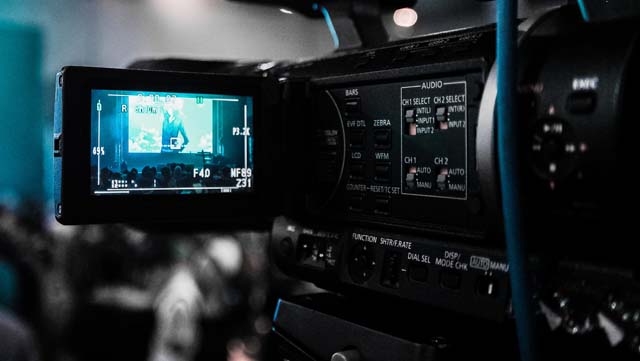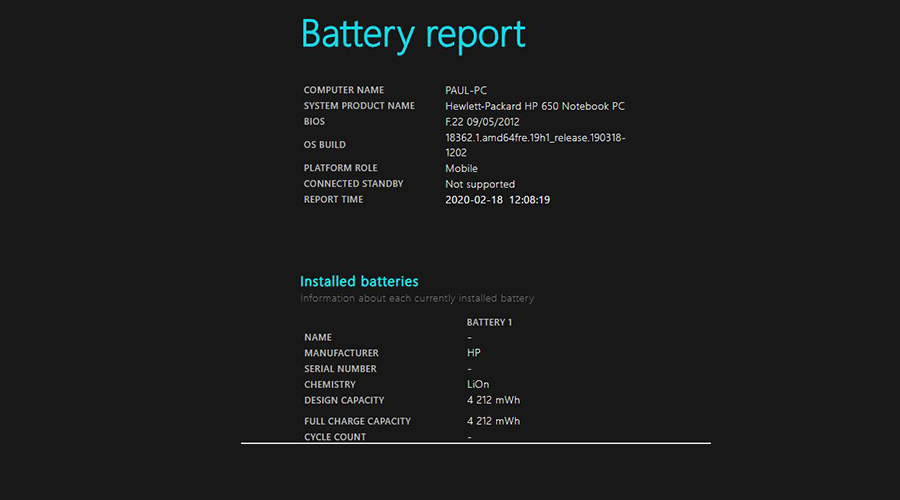
Smartphones: towards the search for better image quality?
After years of increasing the number of camera modules, the sales volume is slowing down and their number is stabilising at three per terminal. Â Manufacturers are taking advantage of this lull to work on the fundamentals of image quality.
After this boom, the number of camera modules per device is stabilising, with up to five modules on a single smartphone. While the sales volumes of these modules have dropped by 27% in one year due to various crises - shortages of other components, lockdowns, wars, etc. - the number of camera modules per device has stabilised. Sales volumes remain comfortable, with 1.13 billion mobile sensors sold in the first quarter of this year.
Â
{block:1565}
Â
The trend is not only downward in volume, but also in the number of modules per smartphone. According to a study by TrendForce, smartphones with four or more rear modules have been declining since 2020, stabilising at 21% of handsets sold. Far from adding more modules than they know what to do with, manufacturers are consolidating their three-module offerings : this type of device represents 44% of sales volumes. This is at the expense of single-module cameras, which now account for only 10% of the market.
More emphasis on image quality
This is not a negative trend, but rather a sign that the segment is maturing. A parallel could be drawn here with the early days of digital photography, when manufacturers fought more over the number of megapixels than over image quality. Two years ago, however, there was a boom in the addition of camera modules - some of which were completely unnecessary, such as the Realme X3 SuperZoom's macro lens, which did not deserve to exist.
After having stumbled against the limits of the rise in definition - notably the resolving power of the lenses - camera manufacturers had calmed down. According to TrendForce, it seems that this is also the case for smartphone manufacturers. The firm notes that "photo and video performance remain the (main) features for promoting handsets". And that, as a result, they are committed to "highlighting dynamic range, night photography and other scenarios". In other words : fewer camera modules, but a search for greater image quality. Which is excellent news.
More and more innovations !
Although the number of camera modules is stabilising, the race for innovation continues. If the number of useful pixels remains around 12 Mpix, the sensors are getting denser to refine the signal processing (Samsung is at 200 Mpix!) and are also getting bigger and bigger (the 1 inch made its return last year). Alongside sensors, optics, processors and algorithms are also playing a major role in progress. But in these three areas, information is unfortunately much more scarce...
Â
Source : www.01net.com







